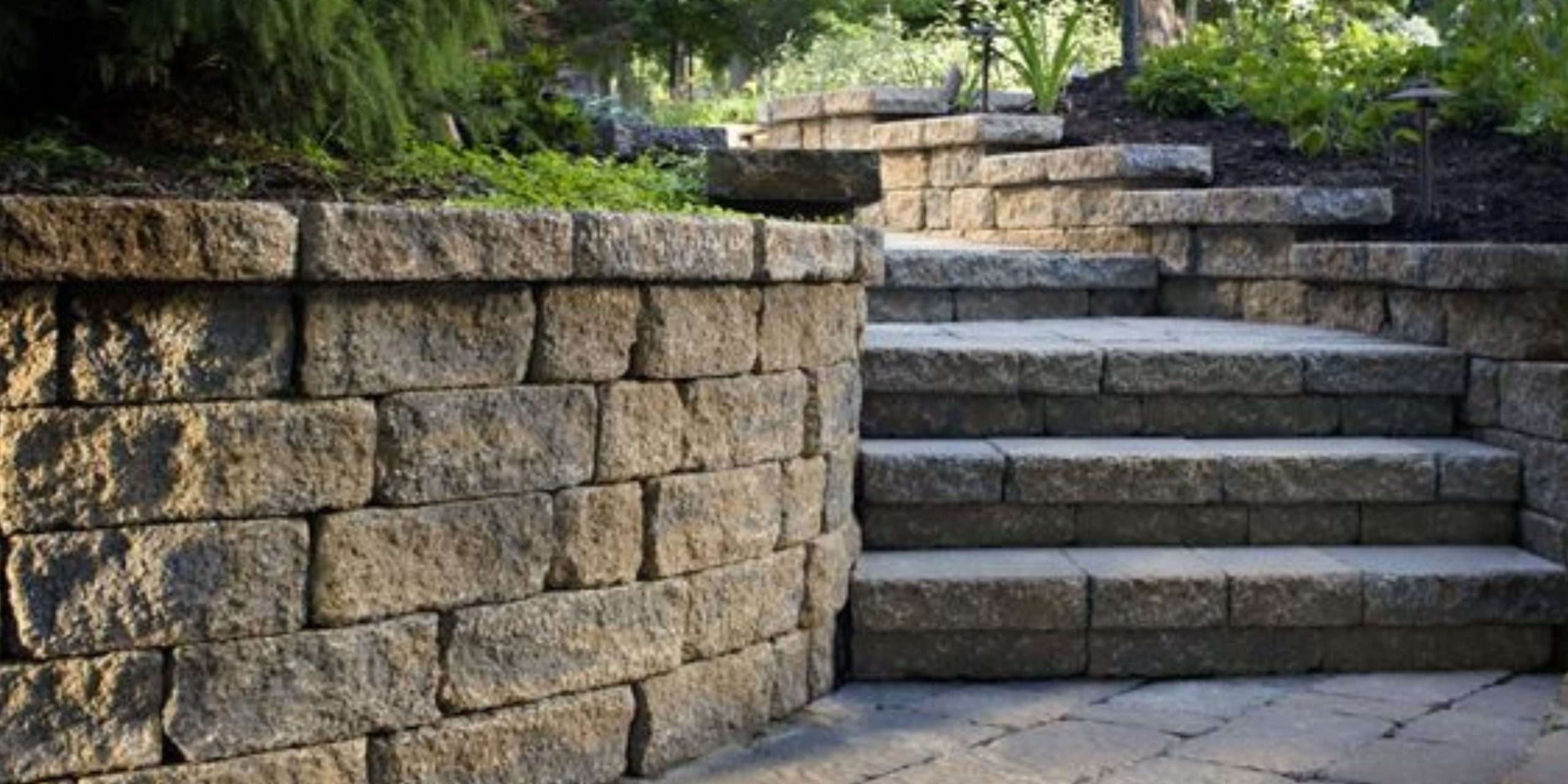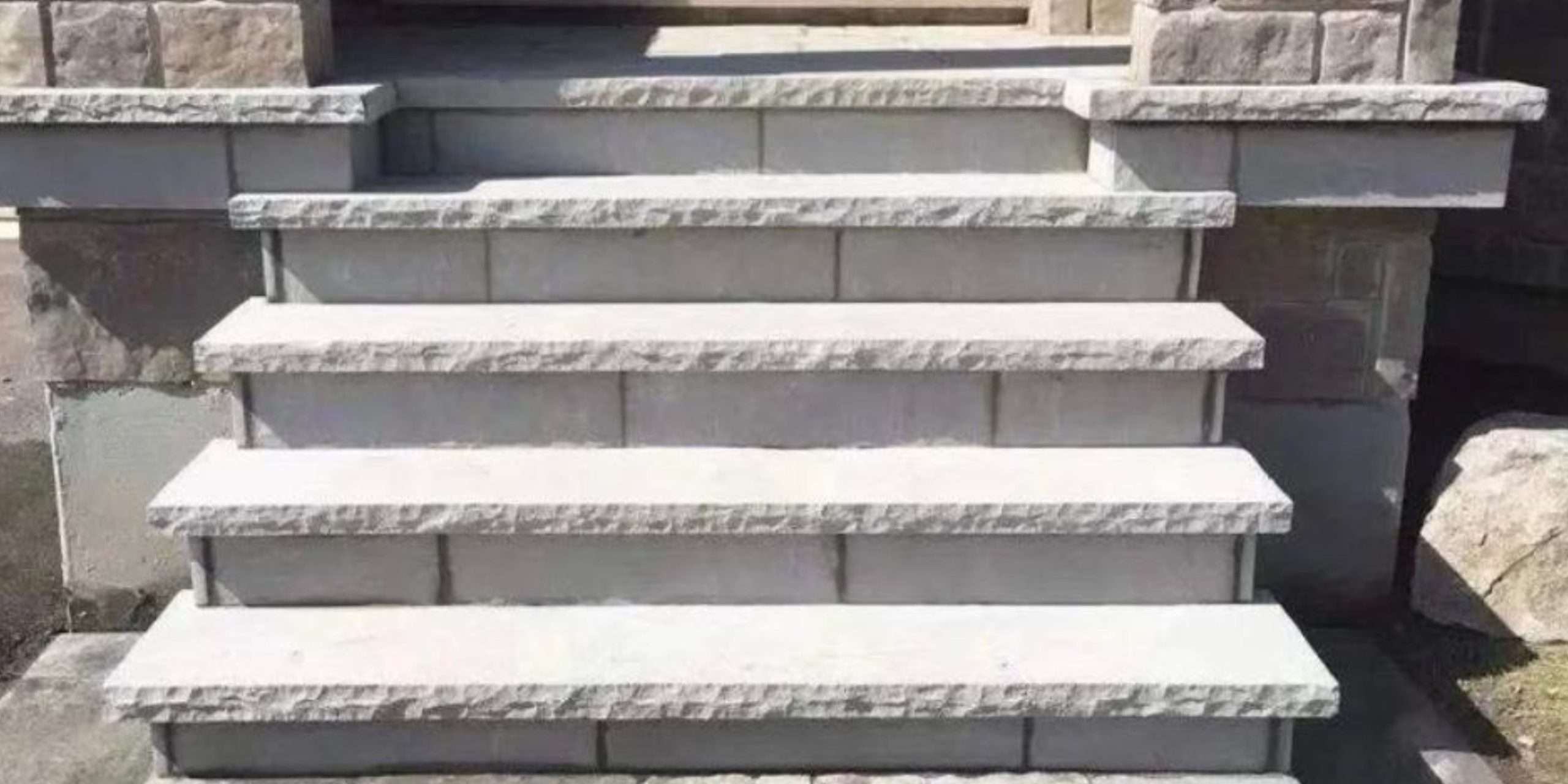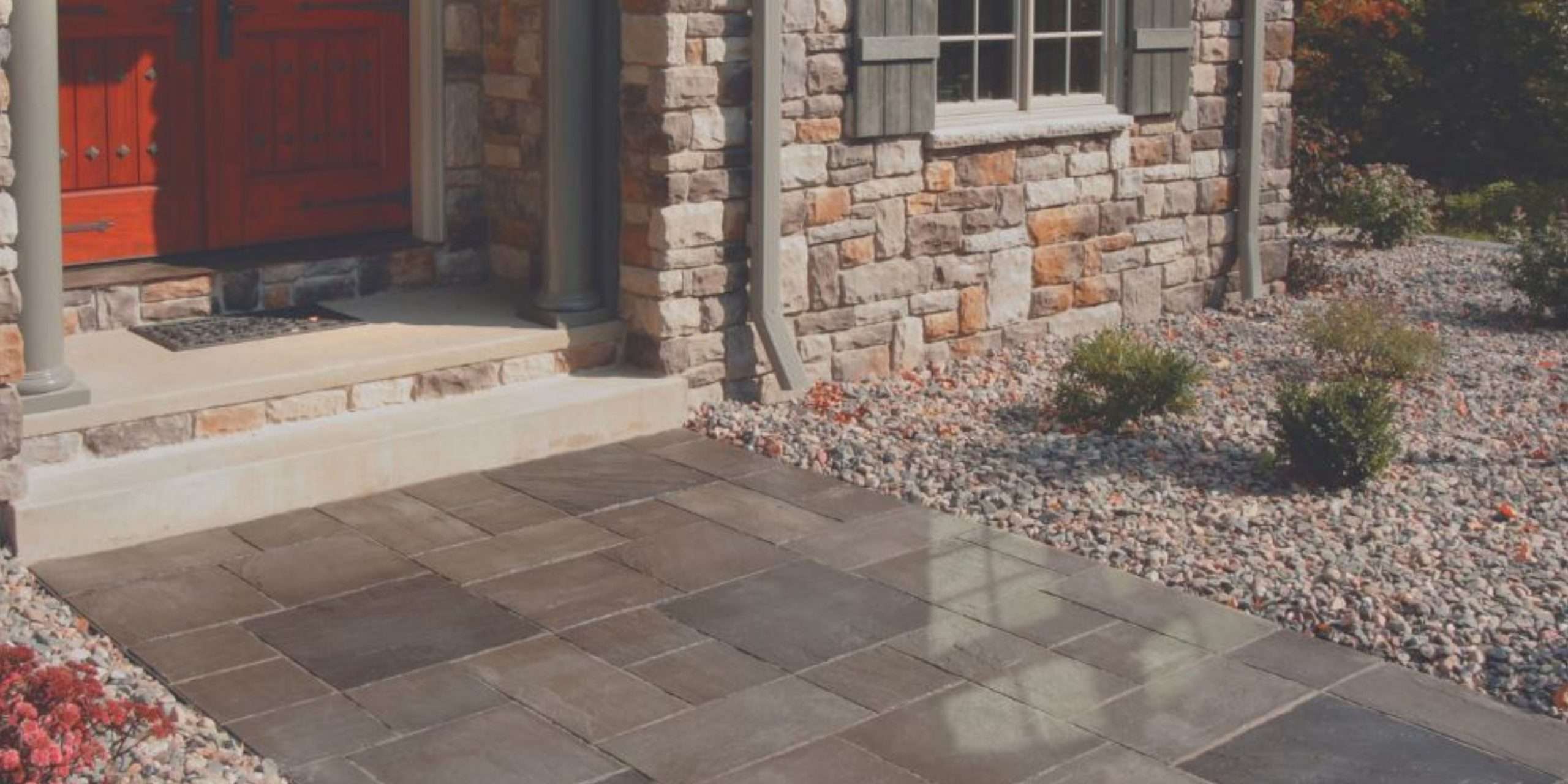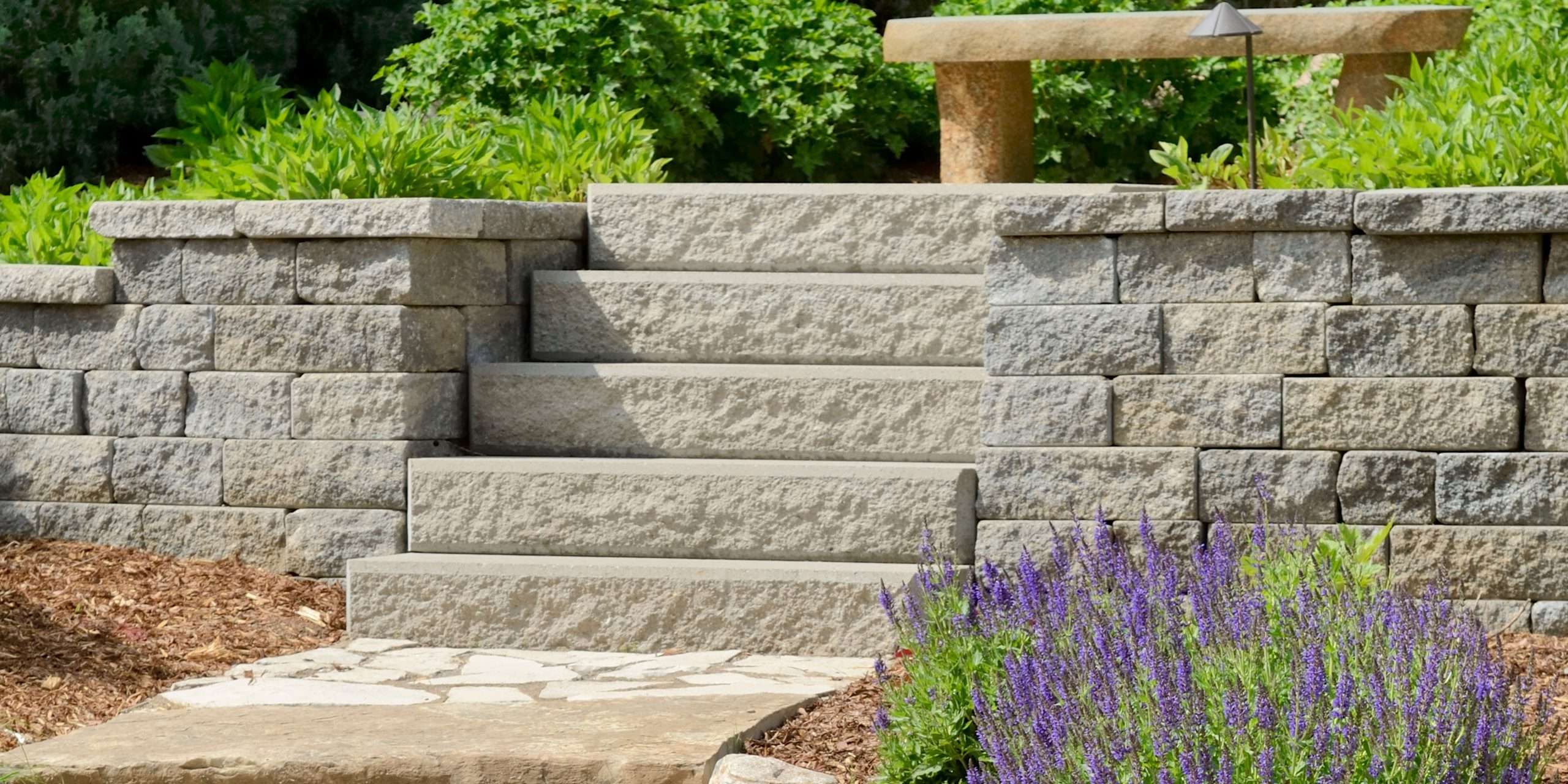Consider installing natural stone steps if you want to add a dramatic focal element to your sloping backyard property or if you want to replace your outdated concrete steps with them.
Stone copings, which are rock-faced or bull-nosed or straight edge stone copings that can be used as steps, or pithy blocks of stone as steps are two types of natural stone steps to consider. Both stone species are trendy; however, budget-conscious customers will often choose stone copings as a less expensive alternative to stone steps.
You can then design your own premises using natural stone pavers and add copings as a surface ingredient on top of the concrete to save money and reduce the need for heavy equipment when installing your natural stone entrance.
Why Should You Choose Natural Stone Steps Over Other Materials?
Enhance your property's elegance

Easily Maintained

Versatility

Durability of Natural Stones
Although natural stone can be expensive for your hardscape feature, you can modify it to fit your budget. The cost of these landscape stones varies greatly. As a result, you’re more likely to find something that meets your needs and resources. And the best part is that you won’t have to worry about future upgrades or maintenance costs for a long time.

What Natural Stones Are Commonly Used For Steps?
The two main raw materials for flagstone are sandstone and limestone. Some stones have a split or rock face, which gives them a more organic and uneven appearance. Natural stone steps with a sawn edge or that have been sandblasted are additional alternatives. Whatever type of stone you select, it will ultimately depend on your preferences and the aesthetic look you want to achieve.
Furthermore, stone steps are available in a variety of sizes. Natural stone steps are typically 6″ or 7″ tall. Stone copings with a thickness of 2″ are an option. A large piece of natural stone can be used to make a lovely and impressive step. Cut it to the appropriate dimensions for the height and width of your stairs.


